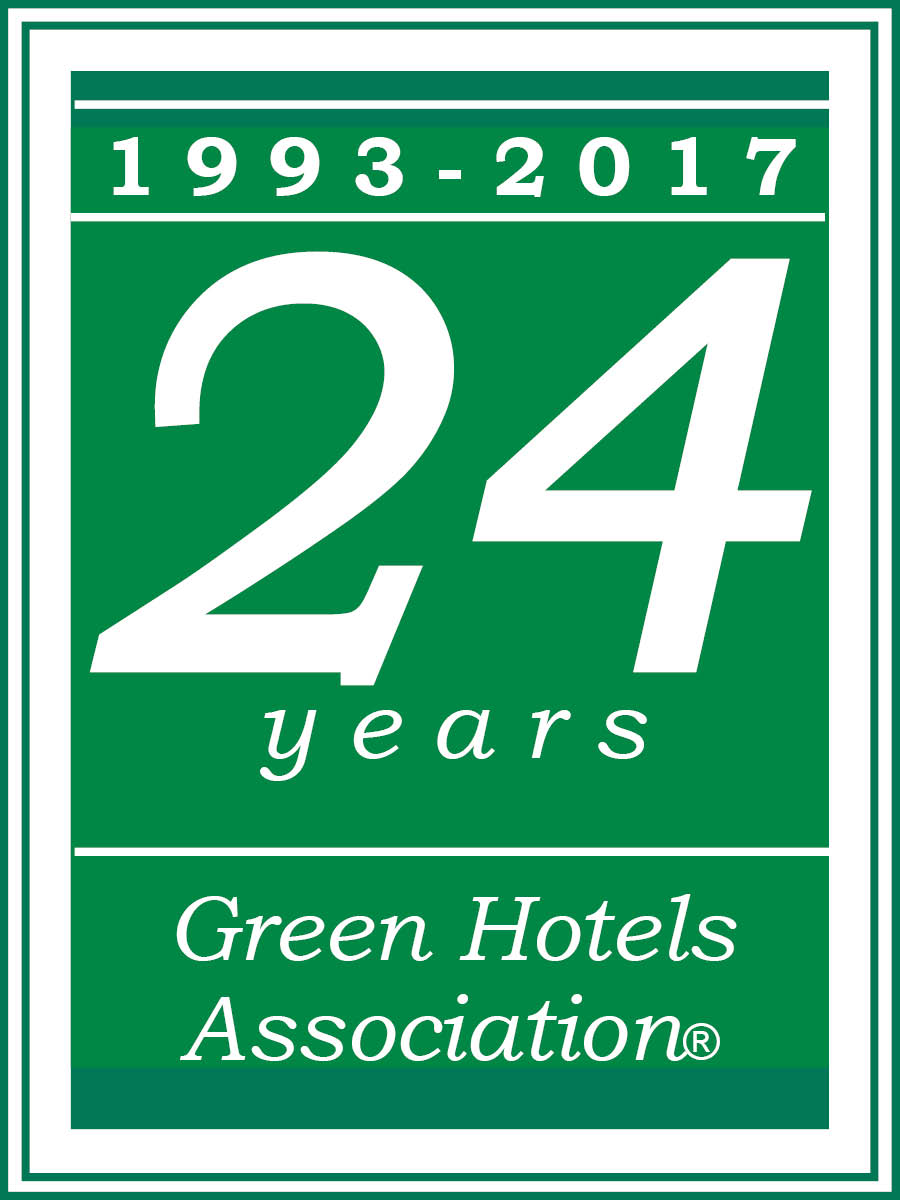
Researchers also found a generational divide: "Sometimes suffering from an old fashioned image, bar soap is more widely accepted among more mature Americans, with as many as 60% of those aged 65 and happy to use bar soap on their face, a figure that declines to just one third (33%) of those aged 25-34."
An earlier study by Mindel found millennials are eschewing cereal for similar reasons. Forty percent of those surveyed by Mindel said "cereal was an inconvenient breakfast choice because they had to clean up after eating it," according to
The New York Times. As a result, cereal sales have slipped by nearly 30% since 2000.
"Convenience is the one thing that's really changing trends these days," Howard Telford, an analyst at market research firm Euromonitor, told
The Washington Post last year.
But when it comes to soap, the perception of cleanliness may also be a factor. Nearly half of those surveyed said they believe bar soaps are often covered in germs, a view that was more widely held among younger consumers than older ones.
However, it may not be all bad news for bar soap. More than 60% of consumers said they might consider buying "premium" varieties of the item, which could help companies reclaim lost business, according to Margie Nanninga, a beauty analyst for Mintel.
"A broader variety of scents can help bar soap brands tap into the success of aromatherapy claims, positioning lemon as an energizing scent or amber as a relaxing fragrance," she said in an email, adding that brands may also begin offering bar soap in "a greater variety of shapes."


